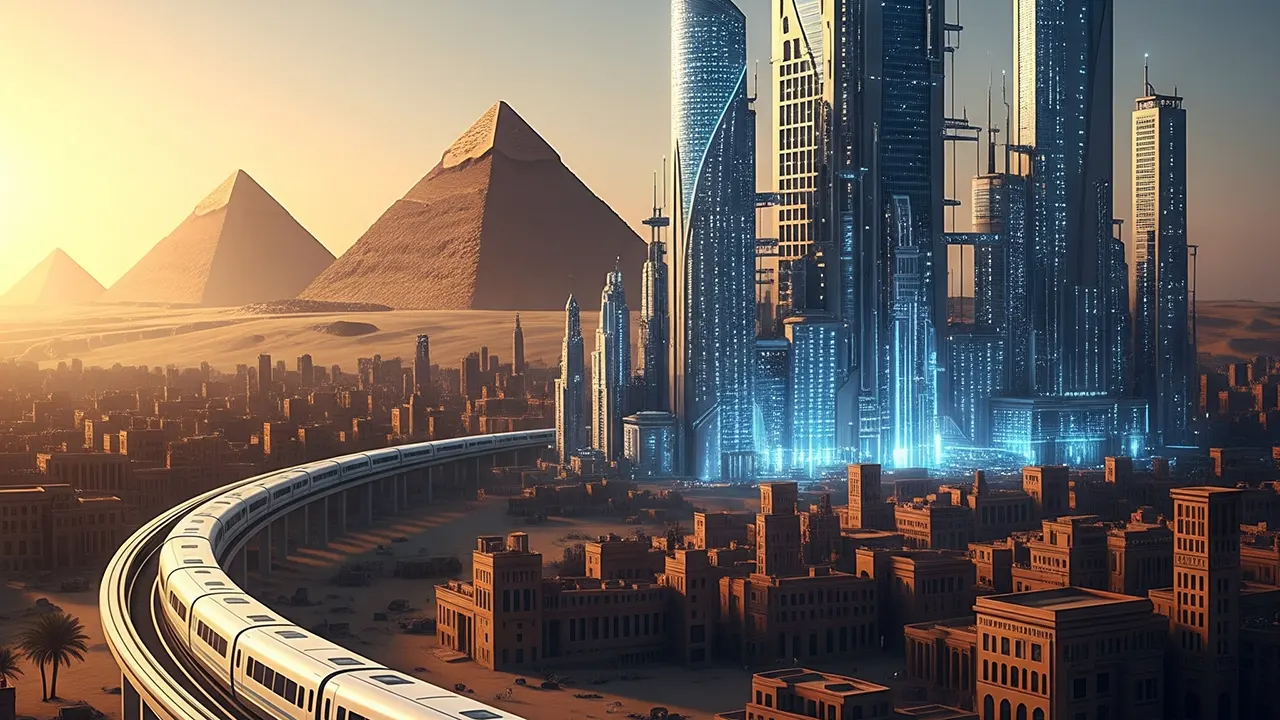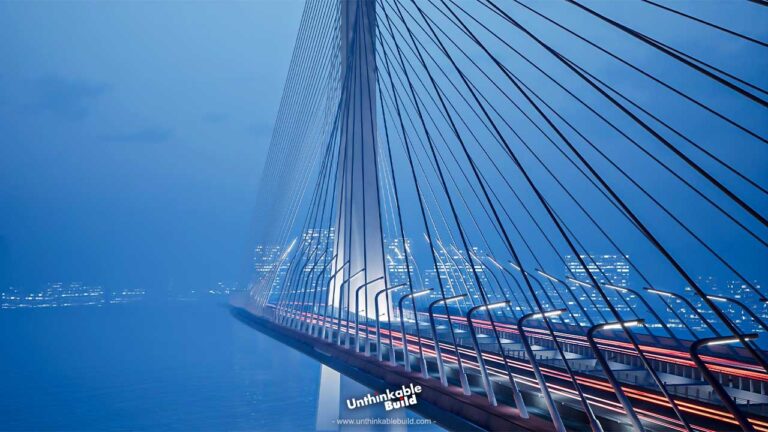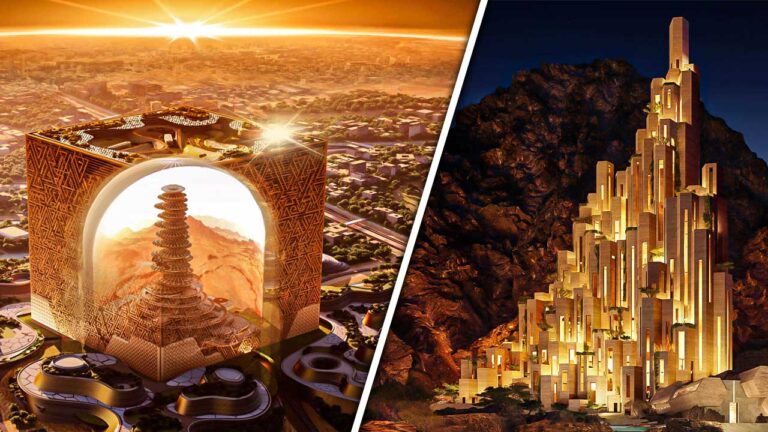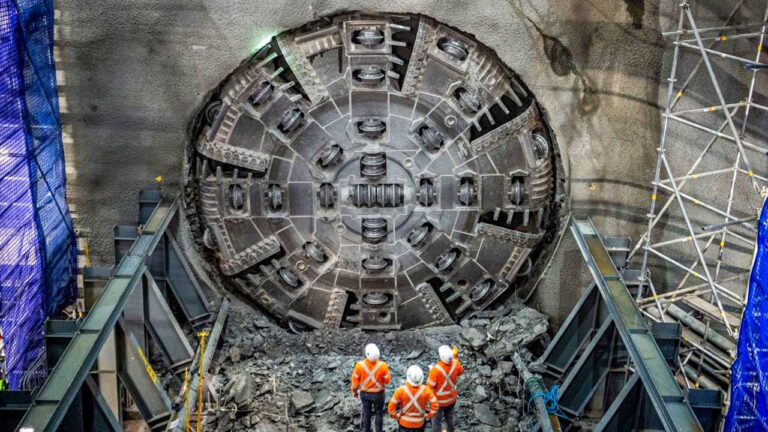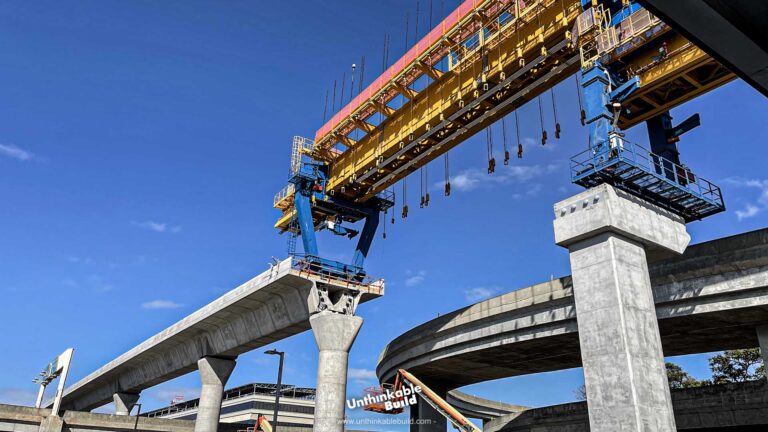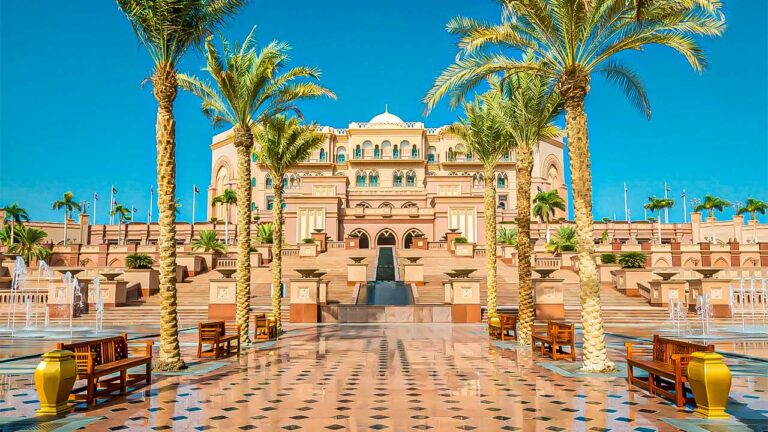Egypt Vision 2030: Turning Deserts into Mega Cities
Egypt a land defined for centuries by the Nile and the pyramids now stands on the edge of a transformation so vast it could rival anything in its ancient history. The country is not only trying to preserve its heritage but also build an entirely new identity: one of high-speed railways, nuclear power plants, futuristic cities, and record-breaking towers. This transformation falls under one master plan, Egypt Vision 2030, a blueprint that seeks to turn sand and stone into modern prosperity.
Egypt Vision 2030
Egypt’s economy has long carried heavy burdens. Debt remains high, youth unemployment challenges the future workforce, and about a quarter of the population struggles with poverty. Yet the government believes that by the 2030s, the population will surpass 130 million people, which makes standing still impossible.
Vision 2030 aims to answer that challenge. It focuses on three pillars: economic growth, social improvement, and sustainability. This means more than building towers; it involves creating jobs, improving housing, attracting foreign investors, and diversifying energy.
In many ways, Egypt is trying to replicate the rise of countries like the United Arab Emirates, where ambitious projects such as The Avenues Riyadh are shaping urban lifestyles around shopping, tourism, and culture. The difference is scale. Egypt is not only building a few projects but entire cities at once.
New El-Alamein City: From Battlefield to Seaside Metropolis
The northern coast once echoed with the clash of Allied and Axis forces during World War II. Today, bulldozers and cranes reshape the same land into New El-Alamein City, envisioned as a Mediterranean metropolis that can host more than 3 million people.
The master plan includes a 14-kilometer beachfront promenade, high-rise residential towers, luxury hotels, and artificial lagoons. Already, foreign investors are securing deals in hospitality and retail, betting that this new hub can become a mix between Miami and the French Riviera.
It is more than a tourist zone. For Egypt, it is a release valve for Cairo’s population pressures, a city built to spread opportunity and reduce strain on the capital.
Ras Al-Hekma: A $35 Billion Bet on the Mediterranean
If New El-Alamein feels ambitious, Ras Al-Hekma is staggering. In 2024, Egypt struck its largest-ever foreign investment deal: $35 billion from the United Arab Emirates to turn this pristine coastline into one of the world’s most luxurious resorts and residential zones.
Planned districts include exclusive villas, entertainment hubs, agricultural areas, and even an international airport. Its capacity aims for 2 million residents and 8 million tourists every year. The vision is clear: Egypt wants Ras Al-Hekma to stand alongside destinations like Dubai’s Palm Jumeirah or Greece’s Mykonos.
High-Speed Rail: Binding the Desert
Crossing Egypt’s deserts has always taken patience. Now the country wants to change that with an 1,800-kilometer high-speed rail network developed with Siemens Mobility.
Three main lines are underway:
- Green Line: From the Red Sea to Alexandria, passing through new cities.
- Blue Line: Linking Cairo to Aswan with a potential extension into Sudan.
- Red Line: Connecting Luxor with the Red Sea port of Safaga.
The project, with an estimated cost of $23 billion, promises to cut travel times in half, serve 60 cities, and reduce transport emissions significantly. Imagine boarding a train in Cairo and reaching the Red Sea coast in hours instead of a full day’s drive — that alone could reshape how Egyptians live and work.
El Dabaa Nuclear Power Plant: Energy for the Future
Egypt’s energy needs grow each year, and renewables alone cannot close the gap. That is why Egypt is building its first nuclear power plant at El Dabaa, in partnership with Russia.
The $30 billion project will include four reactors producing 10% of Egypt’s electricity. Once complete by 2030, it could power nearly 4 million homes. Nuclear energy is controversial, but for Egypt it is about energy security and diversifying away from fossil fuels.
Expanding the Suez Canal Economic Zone
The Suez Canal remains Egypt’s crown jewel one of the busiest trade corridors on Earth. But the government is determined to move beyond toll collection. The Suez Canal Economic Zone (SCZone) covers an area twice the size of Washington, D.C., designed as a global hub for logistics, manufacturing, and renewable energy.
So far, it has drawn more than $6 billion in investment and created 100,000 jobs. Plans include a $1.7 billion metal industries complex expected to create thousands more. If successful, the SCZone could shift Egypt’s role from a transit country to an export-driven economy.
The New Administrative Capital: Egypt’s Future City
Forty-five kilometers east of Cairo, a new city rises from the desert. The New Administrative Capital (NAC), with a price tag of $58 billion, represents Egypt’s boldest experiment.
It is designed for 6.5 million people and already features Africa’s largest mosque, the continent’s tallest skyscraper, and vast government complexes. The idea is to move ministries, embassies, and major institutions away from Cairo to reduce congestion.
Yet controversy follows it. Critics argue it risks becoming a showpiece for elites rather than a true solution for ordinary Egyptians. But walking through its wide avenues and seeing ministries relocating there, one senses a country trying to redefine its identity.
Lessons from Global Mega Projects
Egypt is not building in isolation. Around the world, governments are betting on mega projects to reshape their futures. California Forever, a proposed futuristic city near San Francisco, has sparked debate about private urban development in the United States. In Saudi Arabia, The Avenues Riyadh aims to create one of the largest retail and leisure centers in the Middle East, reinforcing the trend of cities becoming lifestyle destinations. Even historic landmarks like Houston’s Astrodome, once hailed as the “Eighth Wonder of the World,” remind us that bold projects can succeed but they can also struggle if they lose relevance.
These examples matter because they highlight the same question Egypt faces: Can massive construction truly address social needs, or will it become a collection of monuments to ambition?
The Debate Around Egypt’s Vision
Supporters of Vision 2030 say Egypt has no choice but to think big. Without new housing, rail lines, and energy plants, the country cannot support its growing population. Each mega project, they argue, creates jobs, attracts investment, and builds confidence in Egypt’s future.
Critics warn of debt, affordability, and the risk of half-finished projects. Luxury housing may rise, but many ordinary families still cannot afford it. Moving the government may ease Cairo’s traffic, but will it fix pollution, waste, and failing infrastructure?
The truth is complex. Mega projects bring both opportunity and risk, and Egypt’s future depends on execution, not just vision.
Egypt at the Crossroads
Egypt Vision 2030 is among the most daring national plans in the modern world. It is a gamble on scale, speed, and ambition. If it succeeds, Egypt could step into a new era one defined not just by its pyramids and temples but by futuristic skylines and modern industries.
But if it falters, the desert could be left dotted with abandoned towers and debt-heavy projects that strain the economy for generations.
As someone who has walked both the crowded streets of Cairo and the wide boulevards of Egypt’s new cities, I can tell you this: the story is not about sand or stone. It is about whether a nation can transform its dreams into reality before time runs out.

